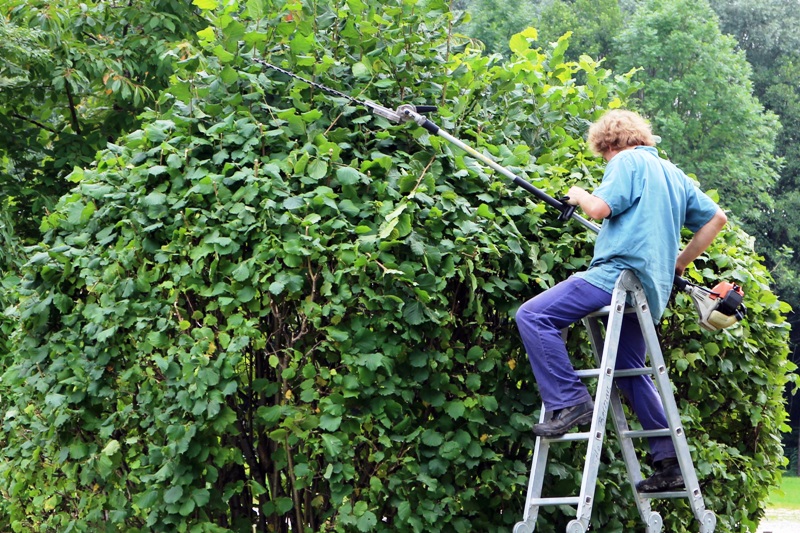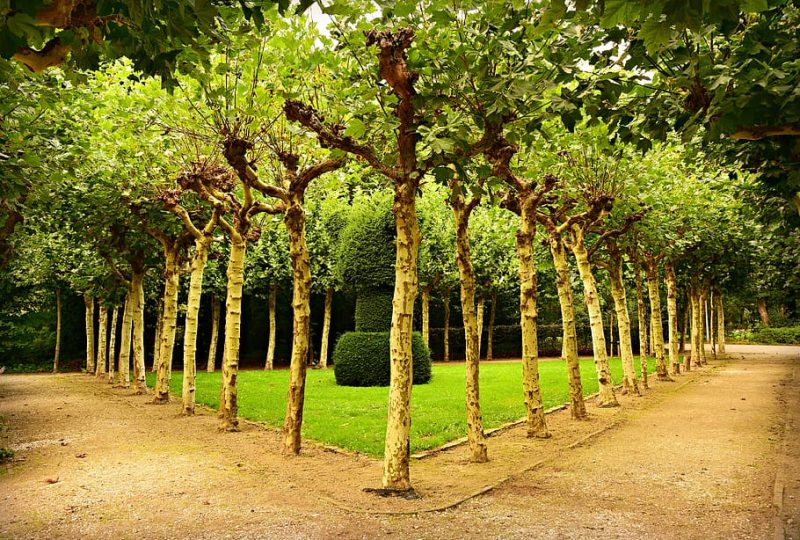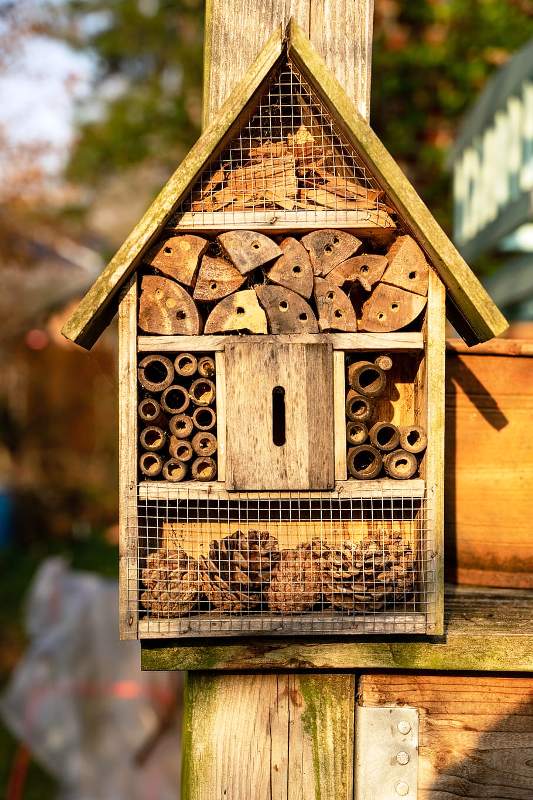What Is the Purpose of Trimming Ornamental Trees?
Just like the trimming of fruit trees and palms, the fringe of ornamental trees, whether deciduous or coniferous (conifers), is an operation that is often necessary but differs from trimming forest trees.
Definition of an ornamental tree
An ornamental tree is planted with an essentially aesthetic purpose. It is not intended to produce timber, firewood, or fruit.
Embellishing the landscape with an ornamental tree
The ornamental tree can be a deciduous or resinous species, deciduous or evergreen. The choice of the type of ornamental tree depends essentially on the desired visual effect (in a garden in particular) and the environment of the place (climate, soil, etc.)
You can plant it:
– in isolation within a lawn or a bed;
– as part of a free or trimmed hedge;
– in a small grove;
– as part of an alignment along a street, etc.
Good to know: palms are sometimes considered ornamental trees even though they are not trees in the botanical sense. They do not branch or rarely branch, and their trimming, if it occurs, is different.
Constraints related to ornamental trees
Moreover, trees planted in our garden or along a road are often subject to terrible constraints concerning:
– the space colonized by the roots (compacted soil, dry, polluted, poor, salted by road salt…);
– the climate (polluted air, reverberation of buildings, draught, shadow);
– the space (reduced root space, the height of the low branches to allow the passage of a truck, underground and aerial networks…);
– severe trimming of its branches, etc.
These constraints put the tree in a state of stress that makes it less resistant to external aggressions (parasites, frost, wind…) and transforms its architecture, sometimes irreparably. The tree’s longevity and the mechanical resistance of the branches and the trunk are often affected, which jeopardizes the value of the tree heritage left to future generations. Let us not forget that an oak tree easily reaches more than 500 years, an olive tree 1000 years, a sequoia 3500 years…
Why is trimming ornamental trees recommended?

Trees are living beings programmed to develop a particular architecture with their height and silhouette. However, these criteria can vary depending on the environment (sunshine, water, wind, soil, temperature, etc.).
The trimming of a tree is not mandatory if it grows in a natural environment without constraint. You have the choice between:
Keeping the tree’s natural shape, which of course, requires minor maintenance. Soft trimming allows you to consider constraints and accompany the tree’s development with the least possible intervention.
– Modify the silhouette of the tree to facilitate its integration into an urban landscape by preferring severe trimming, for example, architectural shapes, curtain pruning, ball pruning, cloud pruning, etc.
Preserving the natural shape of the ornamental tree: gentle trimming
The tree favours the growth of certain branches during its development. Its silhouette, therefore, changes with age. Some twigs end up drying out simply because they no longer receive enough light, sap, or growth hormones (substances secreted by certain plant parts such as the terminal bud or the roots, acting on growth, flowering, etc.).
Freeform, especially in urban areas, needs to be controlled if you want your tree to meet specific safety and morphological criteria such as:
– an absence of dead wood;
– a minimum height of low branches at maturity to facilitate circulation;
– a single straight trunk;
– a sufficiently aerated branch to not cast too much shadow on the facades, etc.
It is, therefore, sometimes necessary to gently trim your ornamental tree.
Modifying the natural shape of the ornamental tree by regular trimming
So-called “architectural” shapes are obtained artificially by regular, predetermined trimming (the location of the cuts is defined in advance). Stopping to trim often has a disastrous effect on the future management of a tree! You should carefully consider the time and budget before committing to this type of management.
Trimming ornamental trees: a problematic past
Ornamental trees planted along streets or in gardens have known a period of catastrophic management in the USA after World War II. Considered urban furniture, one did not hesitate to transform beautiful trees into “totems” by negligence and lack of know-how. The arrival of the cherry picker and the chainsaw contributed to this.
Even today, few people react to drastic cuts when the felling of a dying tree causes a stir. Sometimes, however, this decision is preferable because of a replacement by a healthy and exceptionally well-formed tree of the future. Of course, the historical context, the sentimental value, and the rarity of the species sometimes push to keep a tree standing by all means (bracing, decompacting the soil, building an area around it, etc.).




